This year, Restoration is celebrating its 50th anniversary-- five decades of providing the community arts and culture programming, business development, housing assistance, financial empowerment and so much more!
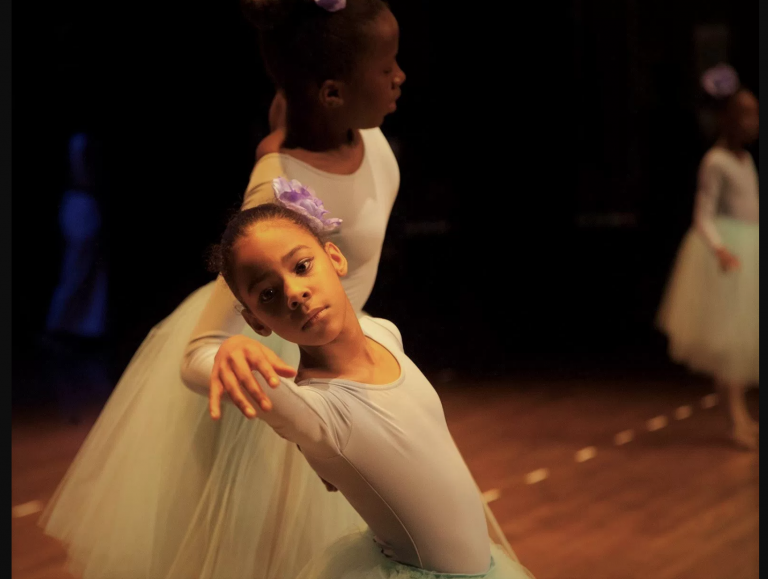
Nestled between New York and Brooklyn avenues on Fulton Street in the heart of Bedford-Stuyvesant sits one of the most important historical institutions central to Brooklyn's modern, socio-economic development.
Bedford Stuyvesant Restoration Corporation is the country's first and oldest community development organization. Founded in 1967 by Robert F. Kennedy, John Lindsay, Jacob Javits and Thomas R. Jones, Restoration is the heartbeat of Central Brooklyn. And like a beating heart, its pulse is something you might not always notice Yet, you know it's always there.
Whether you have visited Restoration Plaza or not, rest assured as a Central Brooklyn resident you have experienced the organization's impact. In fact, Central Brooklyn would be a very different place today without Restoration's enormous hand of influence quietly wielding its way.
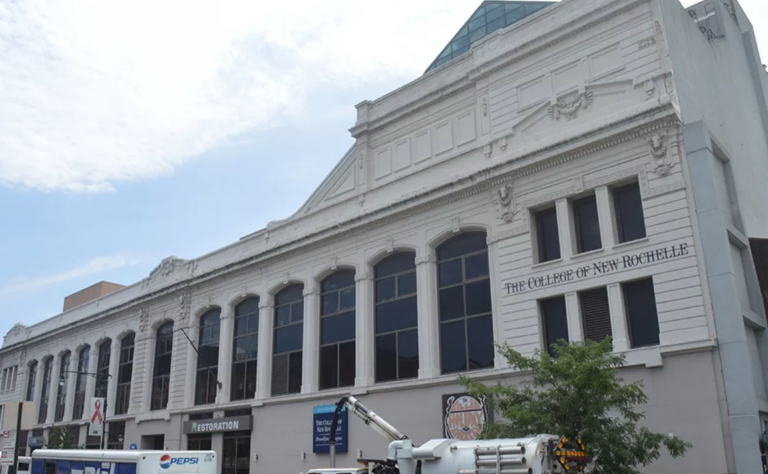
This year, Restoration celebrated its 50th year anniversary-- five decades of providing the community arts and culture programming, business development, workforce development, housing assistance, health and wellness, financial empowerment and energy conservation. Across all of its programs and facilities, the organization services 50,000 people every year, and over the last half century, it has invested in excess of $600 million dollars back into the community.
There are a lot of other intangibles that make it special, said Colvin Grannum, Restoration's executive director: "From the magic of coming here on a Saturday and seeing all of the organizations meeting and planning; from the residents that use the space for social activities- the level and intensity of thinking that is happening-- not just with our staff but with people from all over the community-- is really special.
[divider]Historical Snapshot[/divider]
On July 16, 1964, an off-duty white police lieutenant, Thomas Gilligan, shot and killed a 15-year old black boy, James Powell. Four nights later, a riot broke out at the intersection of Fulton Street and Nostrand Avenue in Bedford—Stuyvesant. The unrest lasted three nights, resulting in 276 arrests, 22 injuries, and property damage estimated at $350,000.The riot brought national attention to Bedford—Stuyvesant. Worried that America's racial crisis was shifting from the rural South to the urban North, NY State Sen. Robert F. Kennedy, gave an address in 1965 on race and poverty.
He was concerned that white support for black demands within the community was declining and that race relations were reaching a boiling point. In February 1966, Kennedy spent an afternoon touring Bedford—Stuyvesant. Afterwards, he attended a meeting with community activists at the local YMCA building. He told speechwriter Adam Walinsky, "I want to do something about all this. Some kind of project that goes after some of these problems [...] See what you can put together."
Several days later, Kennedy decided to create his own anti-poverty program. He asserted that welfare and stricter code enforcement were not solving the problems facing urban blight and that community involvement was needed from the private sector to effectively combat poverty. Several days later, Kennedy decided to create his own anti-poverty program-- a community development corporation for the near-entirety of the ghetto of Bedford—Stuyvesant. Most of his plan was in line with Kennedy's New Frontier programs which proposed job training, rent subsidies, housing desegregation and students loans for the poor.
On April 1, 1967, Kennedy, along with John Lindsay, Jacob Javits and Thomas R. Jones formed the Bedford Stuyvesant Restoration Corporation.
[divider]Historical Snapshot[/divider]
Preserving that is important, because there are so many African-American led organizations that have gone away, gone out of business. We're still here; we're still healthy. And I personally think that is something that the entire community should own."
Fittingly, this year's annual fundraising Gala, which was held at Cipriani's on 42nd St, marked the most successful one yet. The organization raised over $1.5 million in one night-- a pretty big deal and, no doubt, a reason to boast. And most recently, in late November, the Billie Holiday Theatre's production of "Autumn" swept at the 45th AUDELCO "Viv" Awards winning in all six categories where it was nominated, including Best Actor, Best Actress, Best Supporting Actor, Best Director and Best Dramatic Production of the Year!
Yes! Go on, Restoration, brush your shoulders off!
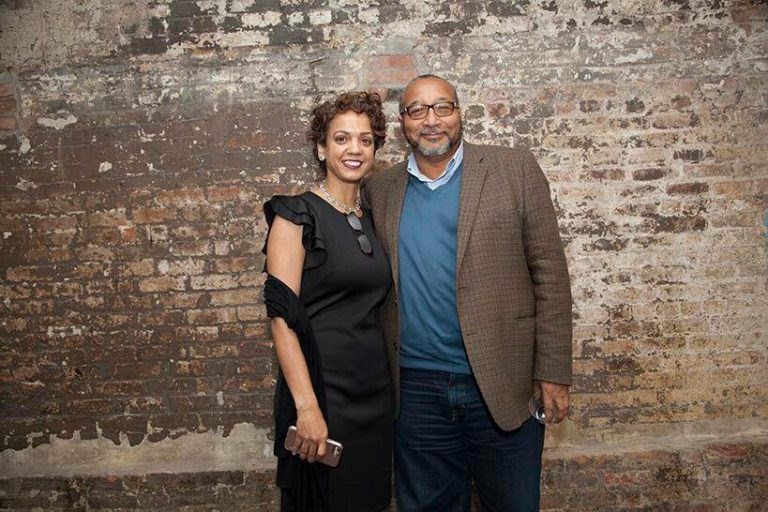
Photo: R. Alexander
"This notion of being impactful and committed and grounded for half a century is no small thing," said Wayne Winborne, vice chair of Restoration's board of directors. "Being able to maintain a high quality of work and impact through a lot of different social-political changes, in this overall landscape over all these years There aren't a lot of our peers that have been able to do that. I think I'm really proud of the way we've been able to not just survive, but thrive and stay relevant."
Now, 50 years in, Restoration is moving forward with a plan for the next 50. This has included implementing some critical changes to its infrastructure, its programming and among its staff. It also has required the corporation shed some its old skin and pivot to keep pace with advances in technology, while thinking strategically around ways of addressing the area's staggering unemployment, widening income inequality and the disappearing stock of affordable housing.
Grannum says the organization will focus on three pillars of development: arts and culture; wealth and asset building; and housing.
"We're grappling with issues large and small," said Winborne. "Now we're asking, What does affordable housing look like in a neighborhood where brownstones are $1.5 to $2 million?; and How do you stay relevant to your historic base while engaging in activity that is welcoming to newcomers?"
"There's a lot that goes on behind the scene," said Winborne, who is also chair of the Billie Holiday Theatre. "We have transitioned the board to those of the next generation."
[perfectpullquote align="right" cite="" link="" color="" class="" size=""]"Were moving more towards becoming a 21st century creative complex that is about folding in audiences from around the corner and around the world into world-class art, storytelling and artistic discovery," said Dr. Indira Etwaroo. [/perfectpullquote]
The "next generation" is another way of saying a "changing of the guard," new hires, in effort to remain nimble in a rapidly shifting landscape. One of the organization's newest guards is Dr. Indira Etwaroo, a non-profit arts professional who has worked with top-notch cultural institutions including BAM, New York Public Radio and NPR. Etwaroo was brought on two years ago to serve as RestorationArt Youth Arts Academy's new executive director.
"She's bringing world-class arts to the community," said Grannum. "Leadership that brings a cohesive vision that works off of the same theme. And so by going out and doing a national search for leadership, we found Indira, and that's what she's working on doing.."
In her first two years, Etwaroo focused largely on overseeing the completion of the newly renovated Billie Holiday Theatre and a 5,000 sq. ft state-of-the-art dance and rehearsal studio (the former Duane Reede), a bright and airy "artistic community space" with maple sprung floors and large store front windows that give passersby a peak into the action. In most recent months, Etwaroo's focus has shifted toward building capacity for both spaces by ensuring they're busy with top-notch instruction, notable performances and wired to take advantage of the latest technology.
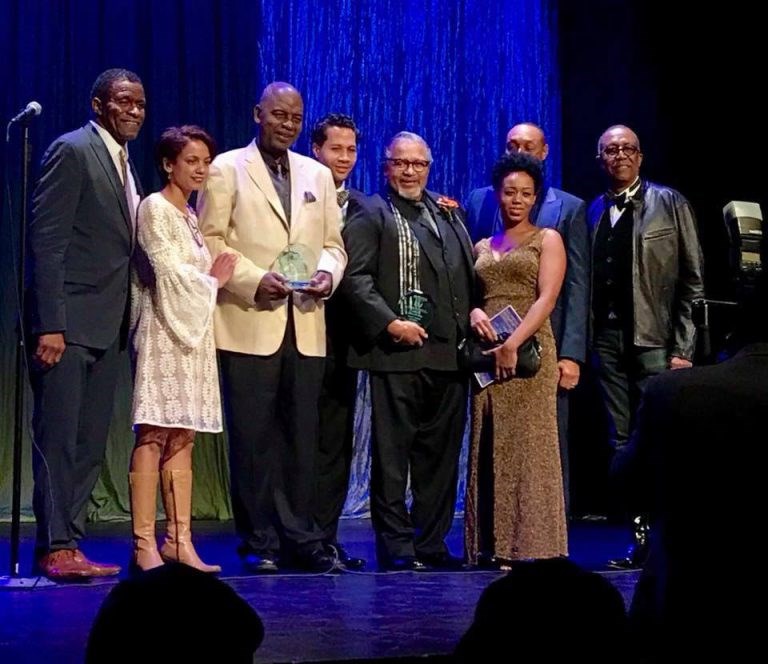
"Were moving more towards becoming a 21st century creative complex that is about folding in audiences from around the corner and around the world into world-class art, storytelling and artistic discovery," said Etwaroo. "Part of the way we're thinking about that futuristically is by ensuring that that content can live on multiple platforms, which includes social media."
Most recently, the theatre secured funding from the borough president's office to support live streaming of the Billie's performances, a model Etwaroo introduced at New York Public Radio's Green Space in 2009.
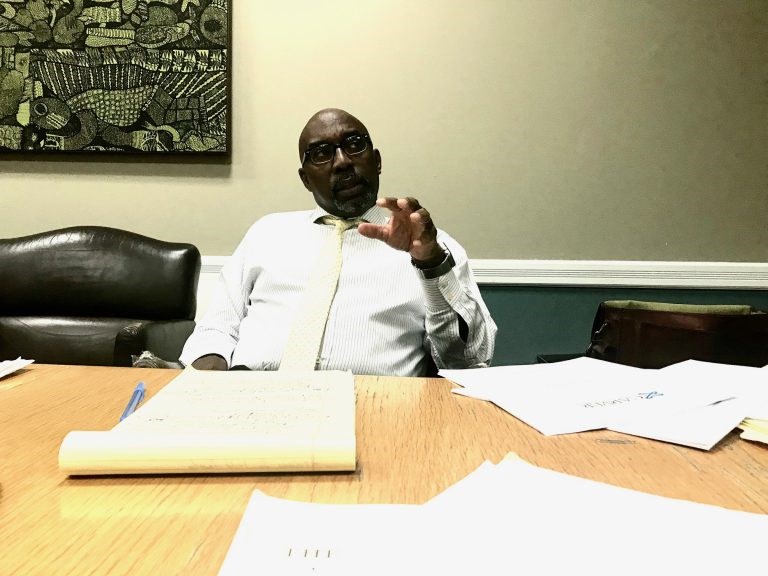
"There is somewhat of a bias or low expectation for community art, like it's not expected to be on the same level as Broadway or off-Broadway," said Grannum. "But that doesn't necessarily have to be true. There's room for excellence and that's what we're aspiring to-- excellence on the stage, in the dance space."
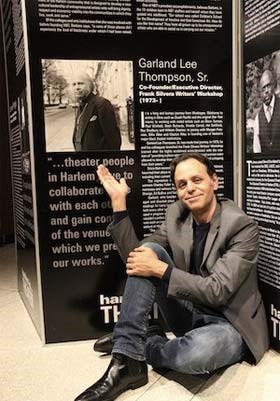
Etwaroo also has been instrumental in enlisting a new class of instructional arts leaders herself, including Ronald K. Alexander, an esteemed ballet instructor from the Harlem School of the Arts and The Alvin Ailey School, who now oversees the Youth Arts Academy; and Garland Lee Thompson, Sr., an artist-in-resident, who runs the Frank Silvera Writers' Workshops, aimed at cultivating and training playwrights of African descent.
Thompson joins artist-in-resident Ronald K. Brown, a world-renowned choreographer who offers weekly community dance classes at Restoration in between his demanding performance and tour schedule for his company Evidence, a Dance Company, along with two other resident arts organizations, The Noel Pointer Foundation, a string music academy for underserved children; and newcomer Cumbe Center for African and Diaspora Dance.
"I'm very very proud to be here, because the history that surrounds this place is really quite something," said Alexander. As director of the Youth Arts Academy, Alexander has brought on new dance instructors, hailing from Mark Morris Dance Center and Ballet Trocadero.
"I see the changes that are happening now as just an extension of what it was. At one time the dance program was really quite extraordinary and highly regarded. I want to bring that back. But I also want it to be more than just an afterschool program that happens to have a wonderful dance department.
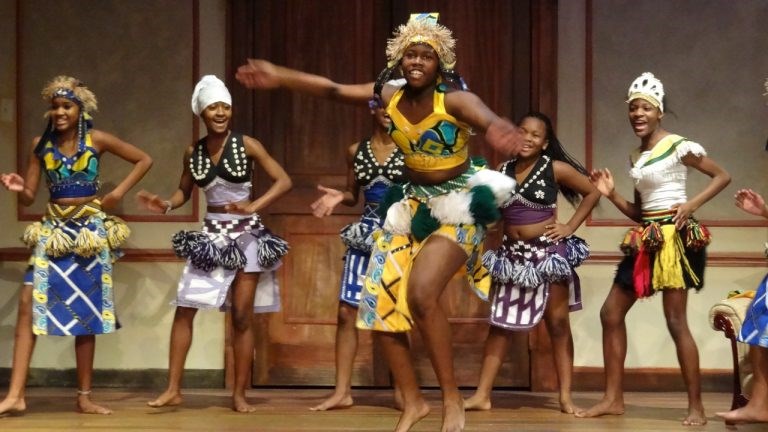
Photo: BSRC
"I really want to build up the drumming department; I want to build the media arts department; I want to build the dance department so that it has a strong ballet, tap, modern and African dance department. I also would love for it to include a tutoring an education component to help the students with academics. That is the kind of vision that I am entertaining for this conservatory."
"I think that what we know is that excellence is inspiring," said Grannum. "If you sit in a theatre to see an acting performance or a dance performance or even aesthetically pleasing architecture, it does something for you--- so that when people come out of a theatre or dance performance, they have a sense of pride; they're uplifted; they're inspired. And hopefully our work will lead to greater community engagement and connection."
--------------------*--------------------
This is the first in a 2-part series on "50 Years of Restoration." Click here to read part-2 on Restoration's new strategic plan for wealth building and affordable housing.



